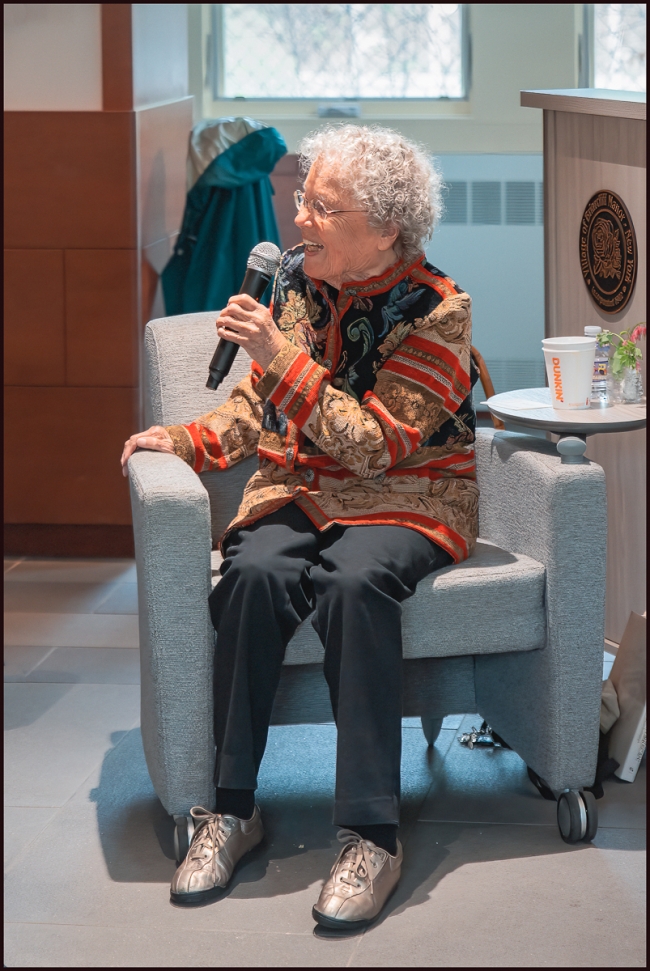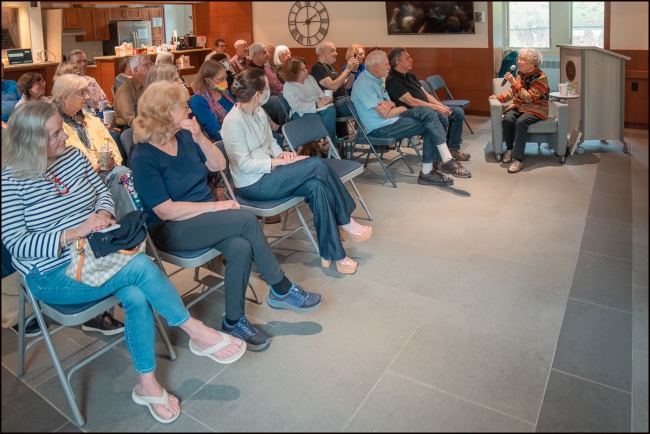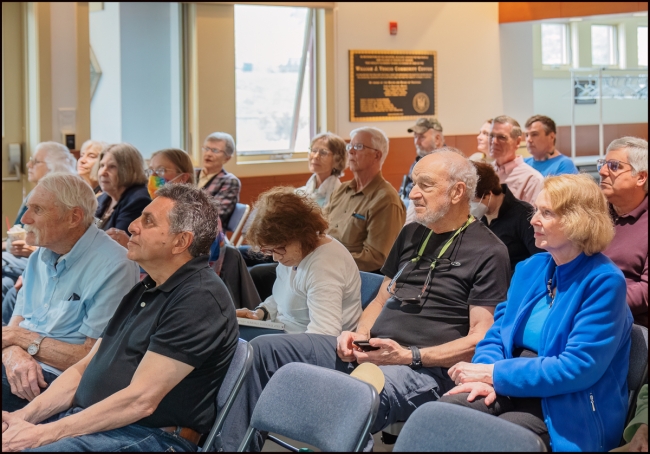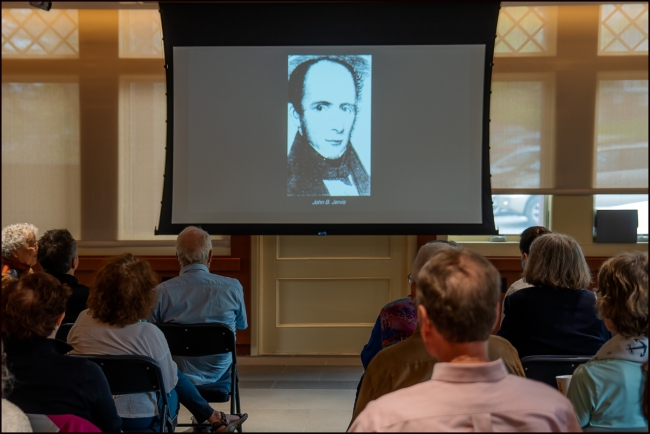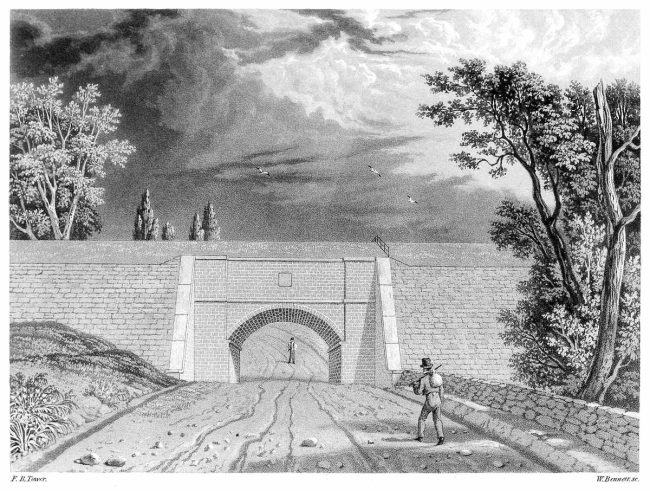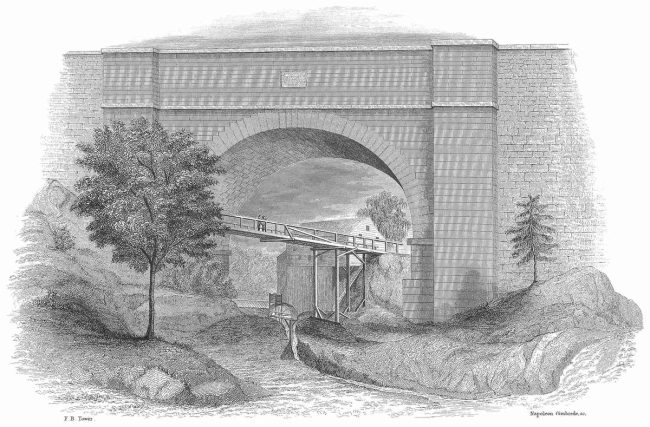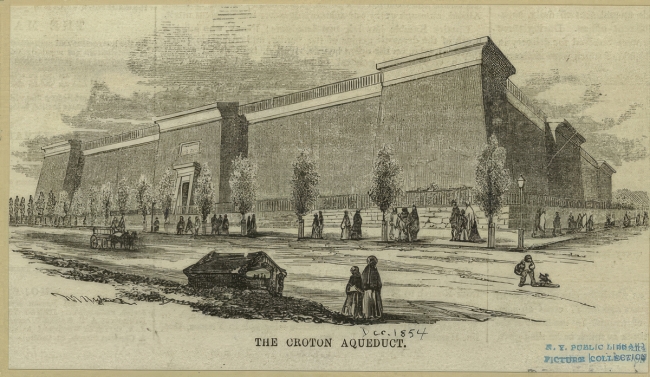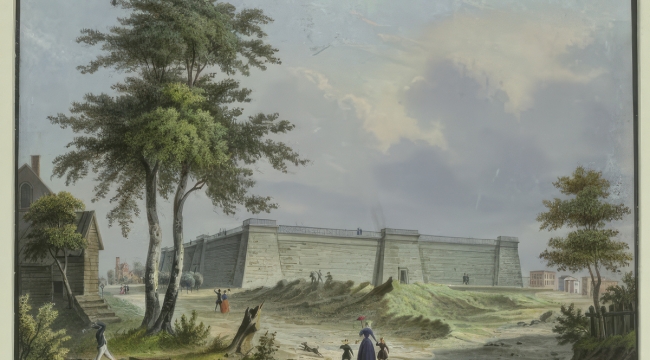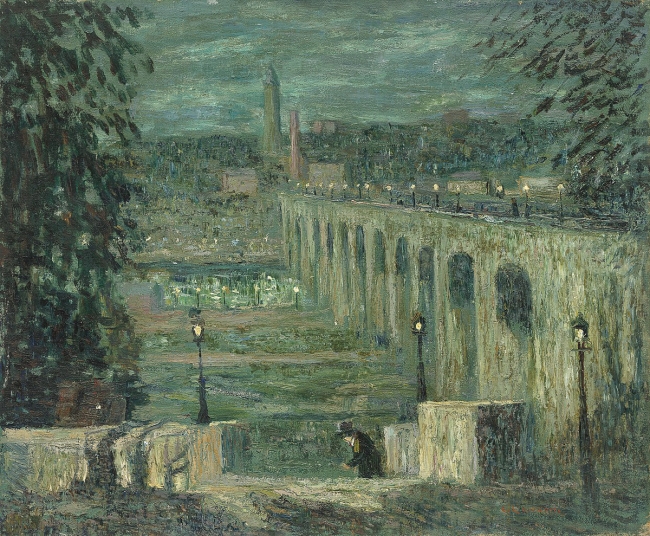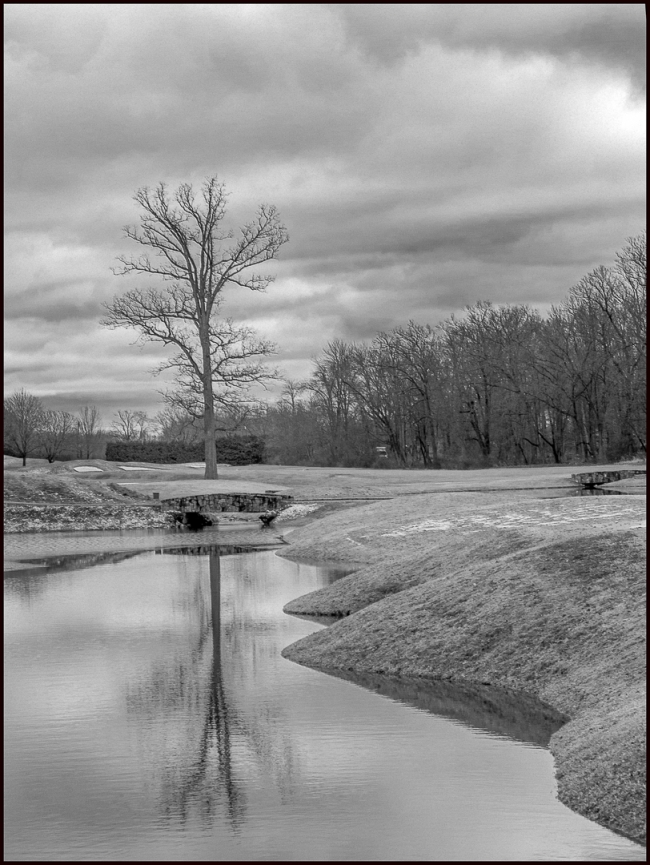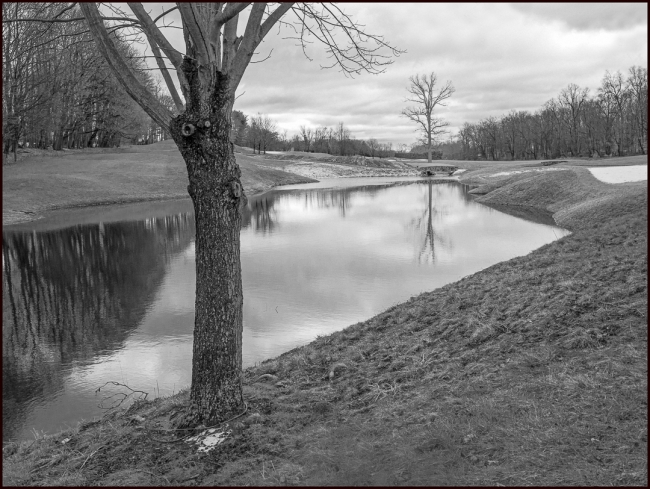According to the park’s website:
“In the heart of the financial district, nestled among the high-rise office buildings, lies a lush oasis of green, a testament to the ingenuity and creativity of a group of people, both public and private, who joined together to foster this unique vision. What had previously been a decrepit and unsightly garage, is now an award-winning and inviting park set above a new underground parking garage. The Norman B. Leventhal Park is supported, structurally and financially, by Garage at Post Office Square, a 1,400-space parking garage.’
The Urban Land Institute describes it as follows:
“The 1.7 acre park’s centerpiece is a walk-through sculptural fountain, so whimsically friendly that in the summertime, office workers eating lunch often kick off their shoes to dip their feet in the fountain. A few yards away is a 143-foot-long formal garden trellis, supported by granite columns, draped with seven species of vines. The jewel-like Great Lawn, raised above the walkways by a granite curb, provides a relaxed retreat. More than a hundred different species of plants, flowers, bushes and trees are within the park. It features custom wrought-iron fencing and specially designed drainage gates. Seating styles fit every posterior and mood – stately teak benches, curving steel settees, movable cast-iron café chairs with tables, hundreds of linear feet of inviting polished granite wall and half an acre of lawn, all meticulously maintained” (Urban Parks and Open Space, Urban Land Institute, 1997).
My Canadian friend had some business with a US bank so we walked around looking for it. Eventually we found it and she went in. While we were waiting, we sat in the park and talked. After a while a guy came up and spoke to us. Apparently, he was from Sudan. At first the conversation was fairly innocuous, but after a while he accused us of “not respecting” him and started hurling abuse at us. Thankfully, he walked away at that point. At that point we needed a change and moved to another part of the park, where there was a pleasant cafe (Sip Cafe) with an outdoor seated area where we waited until my friend had finished her business.
Taken with a Sony A6000 and 18-135mm f3.5-5.6 OSS




